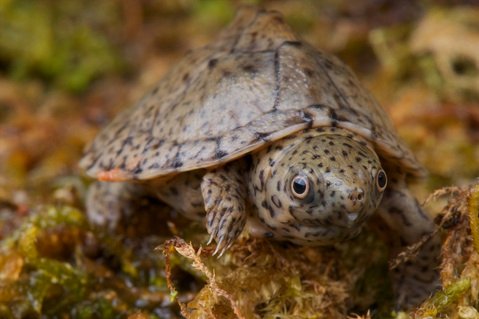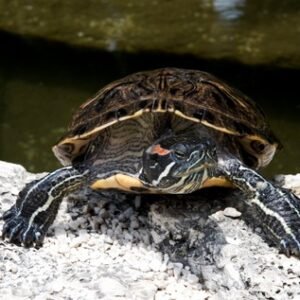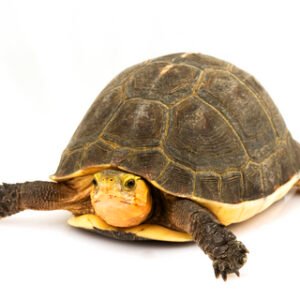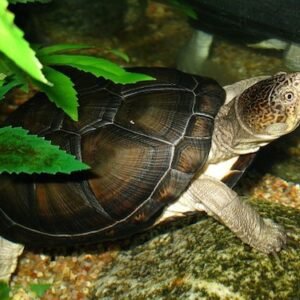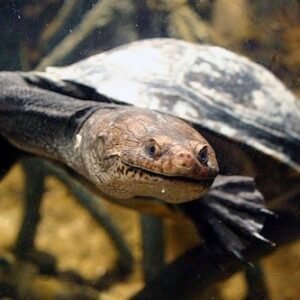Introduction to the Razorback Musk Turtle
The Razorback Musk Turtle, scientifically known as Sternotherus carinatus, is a captivating species that belongs to the family Kinosternidae. This particular turtle is indigenous to the southeastern United States, where it inhabits various aquatic environments. Characterized by its distinctive raised keel along the carapace, which closely resembles a razorback, it sets itself apart from other turtle species, making it a unique subject of study for herpetologists and aquarists alike.
In terms of physical appearance, the Razorback Musk Turtle has a relatively small, compact body, typically measuring between 4 to 5 inches in length. The upper shell, or carapace, is dark brown to olive in color, while the underside, known as the plastron, exhibits lighter pigmentation. Its pronounced ridge, which runs from the front to the back of the shell, contributes to its identification and plays a role in its adaptation to the aquatic habitat.
The Razorback Musk Turtle primarily thrives in freshwater ecosystems such as lakes, rivers, and swamps. These environments provide not only the necessary sustenance but also a perfect setting for reproduction and growth. The turtles prefer habitats with plenty of submerged vegetation and soft substrates, which offer both food sources and shelter from predators. Moreover, these wetlands and rivers serve as significant ecological niches that contribute to the overall health of the ecosystem. The presence of the Razorback Musk Turtle is often seen as an indicator of the habitat’s quality, as they rely on clean water and abundant resources for survival.
Understanding the Razorback Musk Turtle’s traits and ecological significance highlights the importance of conserving its natural habitats. This species is an integral part of the aquatic ecosystem, showcasing the delicate balance within its environment and the need for ongoing conservation efforts. Through continued research and protection measures, we can ensure the survival of this remarkable aquatic species.
Behavior and Conservation Status
The razorback musk turtle (Sternotherus carinatus) exhibits distinct behavioral traits that are important for its survival and adaptation within aquatic habitats. This species is primarily aquatic, spending much of its time in the water, where it forages for food and establishes its territory. Feeding primarily on a diet of invertebrates, such as insects and crustaceans, the razorback musk turtle plays a crucial role in the ecological balance of its freshwater ecosystem. Its grazing habits contribute to the overall health of aquatic vegetation, demonstrating its importance in maintaining habitat diversity.
In terms of breeding, the razorback musk turtle typically engages in reproductive activities during the warmer months, with females laying eggs in nests dug into sandy or soft soil near water bodies. The hatchlings’ emergence usually coincides with seasonal rains, ensuring they have ample access to water resources immediately after birth. Socially, razorback musk turtles are generally solitary, although they may congregate in suitable basking sites. Their reclusive nature alleviates aggressive encounters, promoting a peaceful coexistence in shared habitats.

